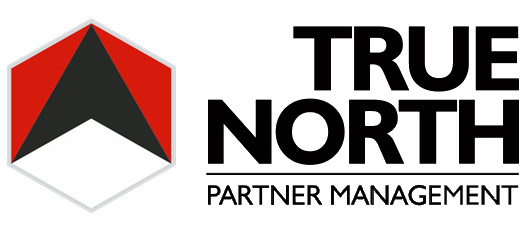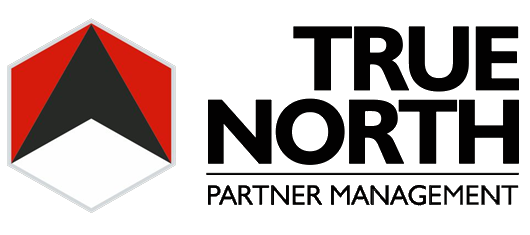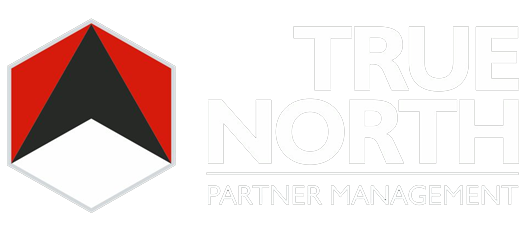The following post originally appeared on Forbes | Nov 22nd, 2013
I’ve watched Patton Boggs for years. Widely known for their lobbying and litigation practices, like a D10 Dozer with a ripper, they’ve carved their name into the legal and political landscapes. But economic down turns combined with untimely litigation settlements, law suits from massive oil companies, an eat-what-you-kill compensation plan, a confederated culture and the looming retirement of the legendary Thomas Boggs have brought them to a cross roads; planet alignment of this magnitude will do that. Regardless of recent events, after doing some digging, making some phone calls and reading some news papers, I can’t help but root for these guys.
I am in the throes of finishing my second book, which details similarities between the last 42 failed (major) firms. In writing a book like this, I have been left with some very strong notions about law firms, one of them being leadership’s relative lack of business acumen when compared with the CEO’s of corporate America. This is no one’s fault. BigLaw management is, generally speaking, full of individuals that are juggernaut lawyers, first, and business executives, second. Leading one of these firms is no small matter, and to be phenomenal at both takes, well, a phenom. While I can’t declare Ed Newberry a phenom, yet – the next 2 – 4 years will answer that – for the moment he appears to be doingalmost all the right things.
Instituting a Succession Plan.
For starters, it is apparent that Patton Boggs is implementing a succession plan. Thomas Boggs, while having already somewhat bowed out of the lime light, is still active in the firm’s affairs as chairman of their Executive Committee. His recent re-election for another five years will help to keep the wolves at bay, but it isn’t a permanent solution to the eventual disruption of losing not only a named partner, but also a lynch pin to the firm’s loose inner-workings. Admittedly, over the years the firm has been run with very little infrastructure. Likewise, the firm’s notoriety and reputational capital is still largely tied to Boggs, despite major successes by other partners. Lastly, they had/have a confederated (individualistic) culture that derives from their former eat-what-you-kill compensation model. When attributes like these are tied together, you have an institution whose reputational capital is tied to loosely connected individuals and not the firm itself. If the right individuals leave – or wrong, depending on how you look at it – the firm will fall. Testa, Hurwitz & Thibeault, LLP and Yoss LLP are two examples off the top of my head… The antidote to this eminent doom is, among other things, a functional succession plan. Reputational capital needs to be, at least in part, transferred to the firm. Likewise, clients need to become familiar with, and develop respect for, other partners who will step into the limelight once legends depart. I am sure that Patton Boggs’s executive committee understands this, and no doubt that the timeliness of the firm’s (relatively) recent changes is at least partly motivated by Thomas’s eventual retirement.
Getting Into Shape
Patton Boggs had put on a little weight in recent decades. The AmLaw Daily (Sub. Req.) reported that 35 percent of the firm’s annual revenue comes from corporate transactions, with the other 65 percent being tied to litigation and public policy work – the firm’s bread and butter. While this cocktail has served them well over the years, the firm is touted as a “full-service law firm,” and that they’ve failed to gain critical mass in various other practices has come back to haunt them in the recent down turn. To stabilize in the ebb and flow of a quickly evolving market they need to (dramatically) expand or consolidate or both, depending… That a merger is being explored with Locke Lord LLP belies their long-term strategy: expansion. But in order to do so in a way that truly positions them competitively – which I assume they want – Newberry will need to create a more merger-friendly product, which will come in the form of (i) a team-based, institutionally focused culture, (ii) a lucrative, lean firm, and (iii) industry-leading practice/s.
Cultural Change
Patton Boggs has already instituted one of the most powerful tools for cultural change – a new compensation model. This is risky, as a certain percentage of the partnership – especially the highest grossing members – will be affected and not subscribe as a result. This was evidenced by their recent lateral losses. Regardless of risks, the vote was taken and the new model is in place today. The firm’s ranks are being winnowed and filtered and no doubt the firm’s primary psychology is shifting along with it. Like taking a laxative, the immediate future is quite unpleasant, but ultimately leads to happier days. From the outside looking in, the firm appears to be handling the transition as well as can be expected.
Leaning Up
In the Fortune 100, when shareholders are uncomfortable with economic performance, drastic measures need to be made – publicly. But this isn’t corporate America. Typically, when BigLaw firms are struggling and need to cut expenses, they dance around, a lot. Relatively ineffective administrative cuts are made, first. Then attorneys are asked to leave – quietly and behind closed doors – second. And if that isn’t enough, and the firm is bleeding out, they will swallow the bitterest pill and openly lay off attorneys. It is very common for law firms to carry, sometimes for years, dead weight. But Patton Boggs has been openly and strategically cutting the fat – yes, I said it. For those that have an understanding of (i) law firm economics, and (ii) how immaterial layoffs really are in the employer-decision algorithm of first years and lateral associates and partners, this is a good and laudable move, and per several interviews that Newberry has taken, is serving their bottom line quite well.
Bolstering Strengths
Lastly, merger appeal doesn’t come in the form of common, milquetoast practices that do little but add redundancies. Patton Boggs knows where their horsepower comes from – lobbying and litigation. And though they already have belle-of-the-ball practices, they’ve been focusing their efforts on bolstering them further while shedding others that have proven to be unprofitable. With some work and further strategic hires/acquisitions, they will be as pretty as a penny.
Checking Pollyanna
Their efforts thus far have been laudable; they have also been somewhat risky. This, again, is not corporate America. For myriad reasons a law firm is significantly more vulnerable to abrupt and dramatic changes. Patton Boggs’s revenues are down; their culture has shifted; their compensation has changed; there has been lateral loss; there have been layoffs; offices have closed. Considering the scale of changes, the firm seems to be doing quite well. With that being said, there is one gaping hole in this strategy: the timing of their merger attempt is, in a nutshell, bad.
If you do a quick Google search on “Patton Boggs,” you’ll see doom and gloom… “Reality Catches Up With Storied D.C. Law Firm”, “Can Patton Boggs Escape From The Swamp?”, “After a tough year, Patton Boggs maps future”. Along with things like finances, cultural compatibility and shared strategies, any merger partner will be evaluating, heavily, the public’s view of that firm. If you want to see what happens when you seek out a merger in the epicenter of a media s#%t storm, look no further than the former Dow Lohnes… In a situation like this, you get one of three scenarios: (i) a good partner with a bad deal, (ii) a bad partner with a good deal, or (iii) a bad partner with a bad deal… Dow Lohnes got the first set. Patton Boggs’s destiny, one the other hand, is still up in the air. As much as they’ve evolved, they are not out of the woods, and with all of this negative press surrounding them, they may wind up cutting a bad deal. Unfortunately, I think we are seeing this in the making.
In reading the AmLaw Daily’s (Sub. Req.) most recent article detailing the impending merger with Locke Lord LLP, we see a very cautious Jerry Clements providing only the barest of comments on the matter. And while I understand that these firms are in the earlier stages of the process, c’mon, an enthusiastic and cooperative merger partner would have been a bit more forthcoming. At the same time, the article goes on to say that Patton Boggs’s “strategic plan calls for expansion in places like California, London, New York and Texas.” With that in mind, let’s add some objectivity. Expansion into all of these hubs would be great with a firm that offers a critical mass in each. Unfortunately, Locke Lord LLP does not do that. Likewise, there is an obvious rank and file of geographies that should be followed, and regardless of what consultants may be telling them, for a firm with options, it doesn’t start with Texas. A combination of these two firms would not develop enough critical mass in NY, CA or London to materially place either firm on the (respective) map. I am not frowning on either of these firms – they’ve both earned their seats – but based on Patton Boggs’s strategy, I am frowning on their union.
Taking a long term view, and assuming that Patton Boggs’s financials will bear it, a different approach is in order: come off the merger market to let the smoke clear; institute a marketing campaign directed toward current clients to mitigate any media damage; articulate a logical, client-oriented strategy for the next 2 – 3 years; take a hard look at their practice and partner portfolios and make a last cut, and develop a lateral recruitment/acquisition plan to further bolster core practices. If the partnership can hold their breath for a bit longer, this 50,000 ft. strategy will better serve them. Ideally, in another year or so, they will be clear of the negative press and be leaner and meaner and in a much better position to merge with a firm that better suits their expansion interests.



